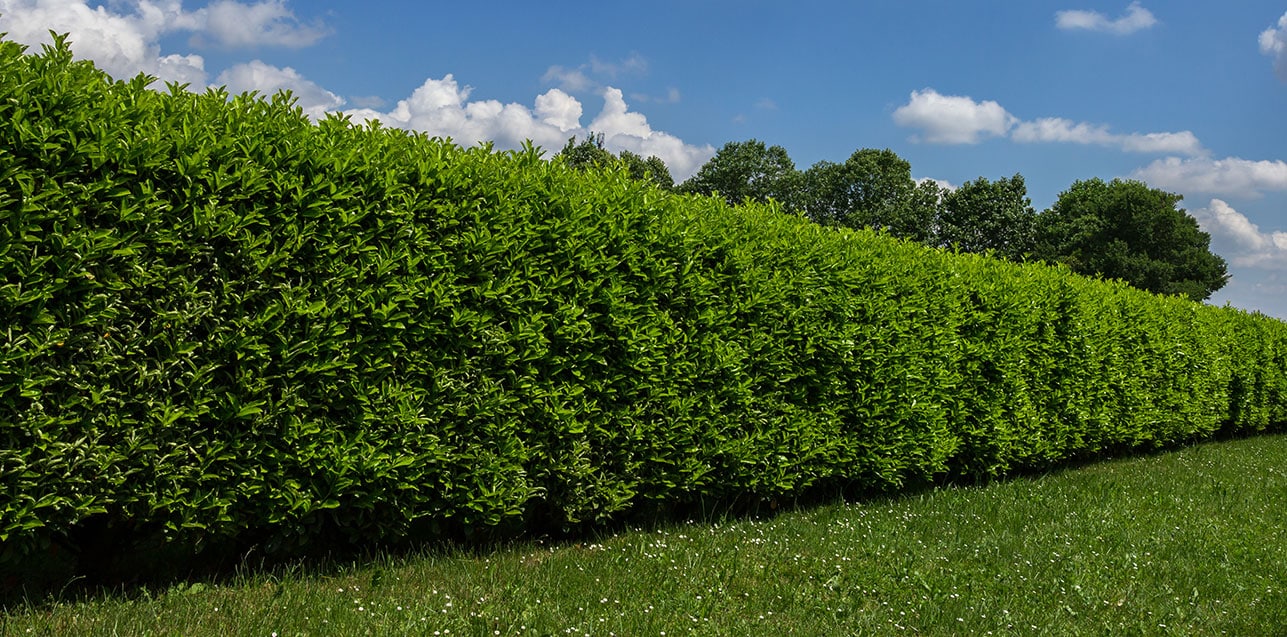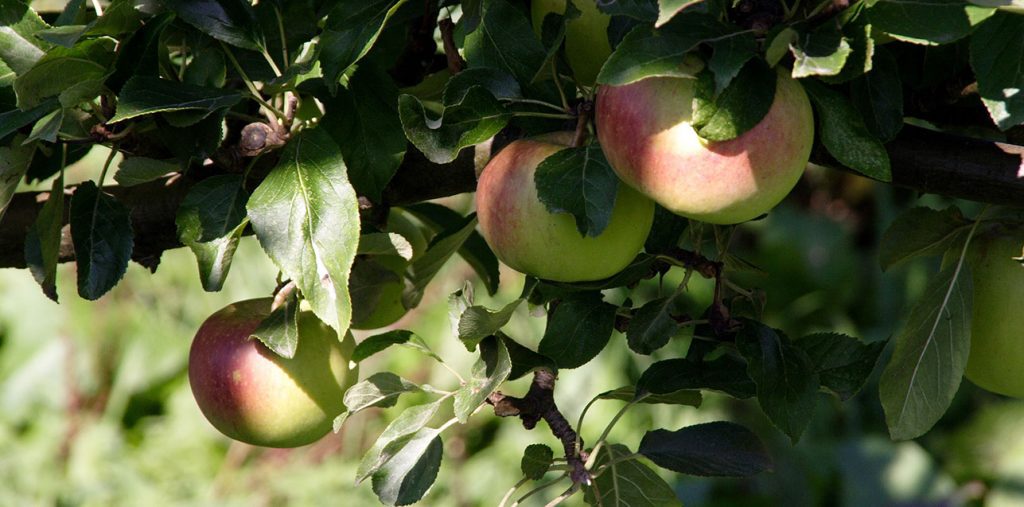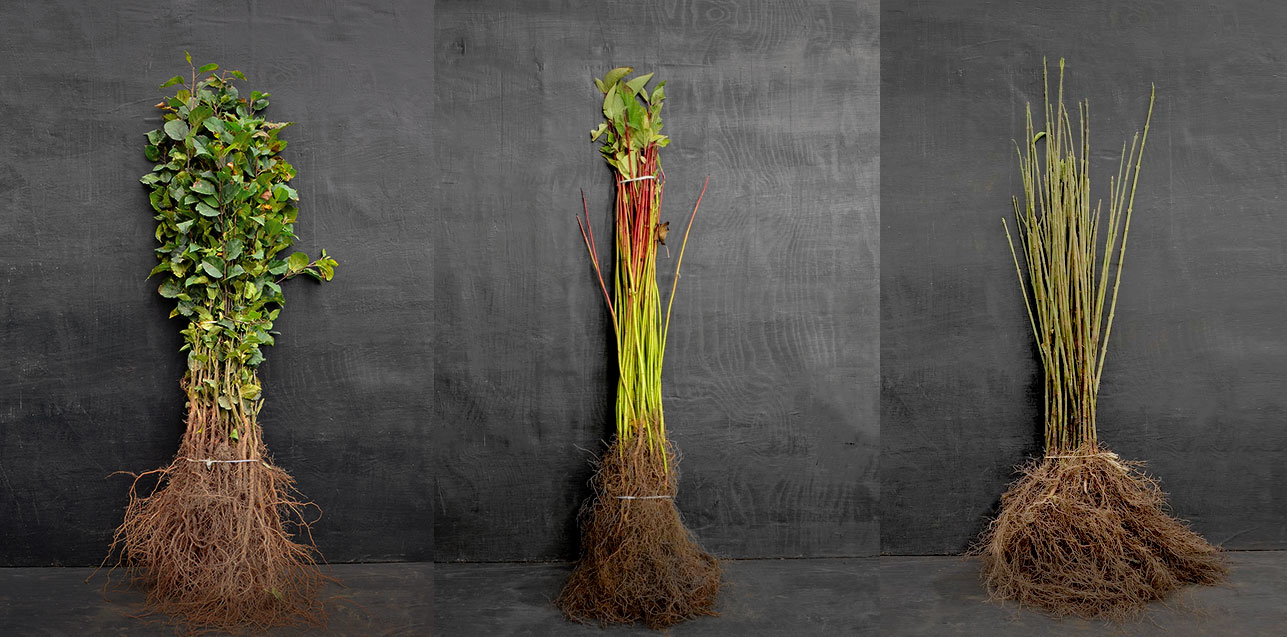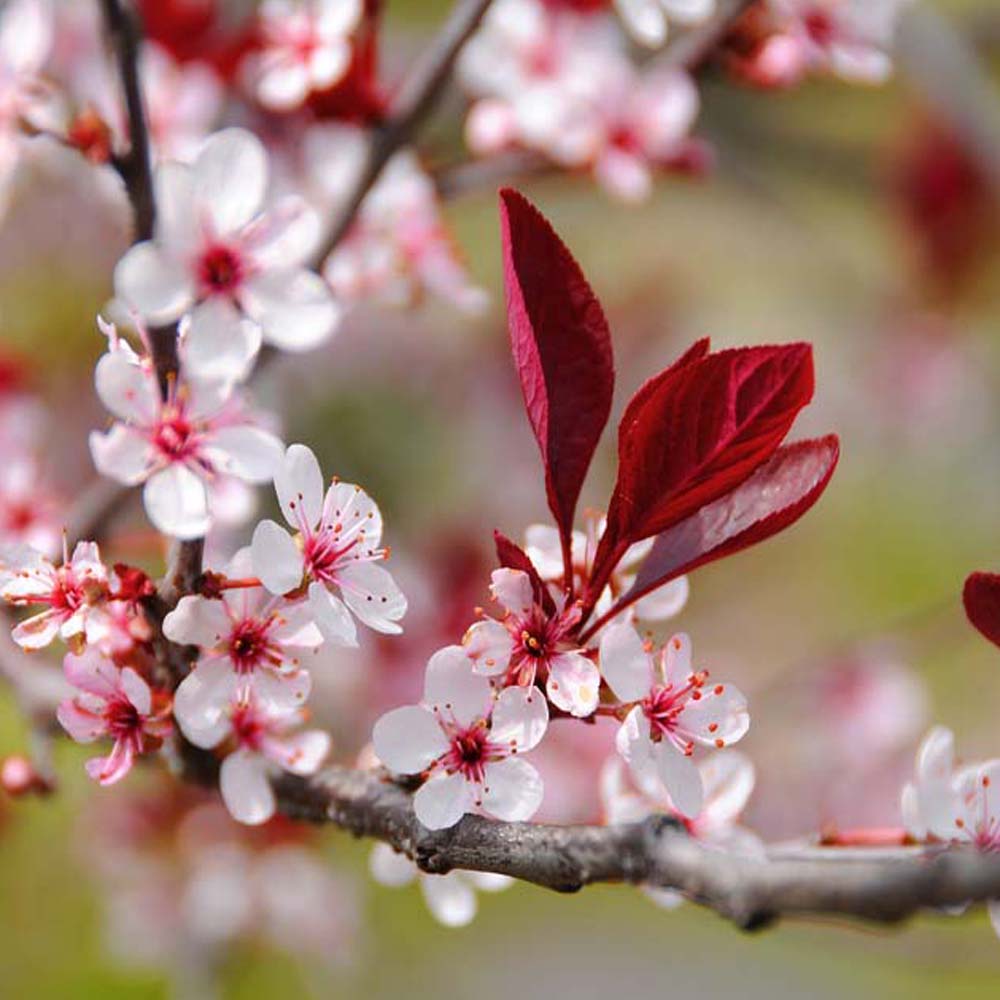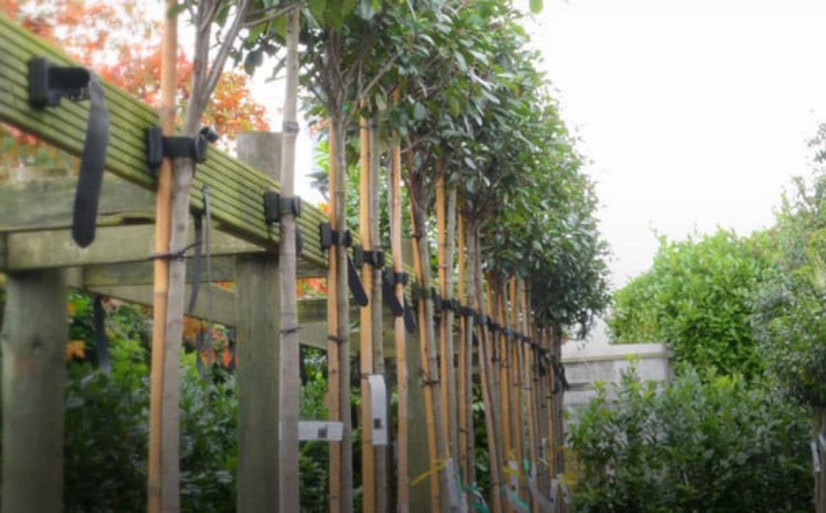Spring is here! Now is the perfect time to brighten outdoor spaces after the long, grey winter. One of the easiest ways to add colour is by planting ornamental trees, especially flowering cherries.
If you’re looking for a soft touch of pink, consider Prunus subhirtella ‘Autumnalis Rosea’, commonly known as the Winter Flowering Cherry. This charming tree produces small, semi-double flowers with pink-tinged petals that emerge from deep pink buds. Unlike most cherry trees that bloom in spring, this one flowers intermittently from November to March, bringing beauty through the colder months. In autumn, its green foliage turns warm shades of yellow and orange, adding even more seasonal interest.
Thanks to its graceful shape and year-round appeal, the Winter Flowering Cherry works well as a specimen tree. It grows to a mature height of 5–8 metres, making it ideal for smaller gardens. Its open crown also allows light to filter through!
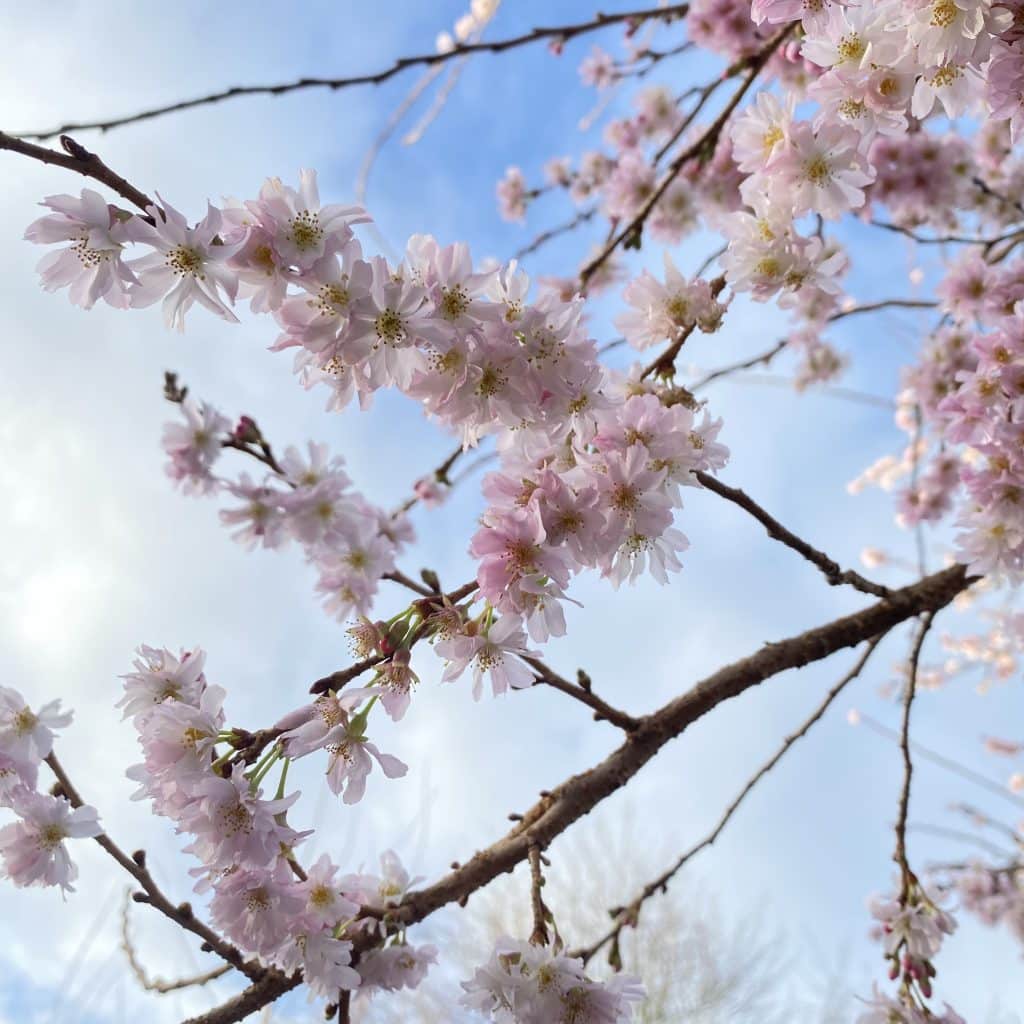
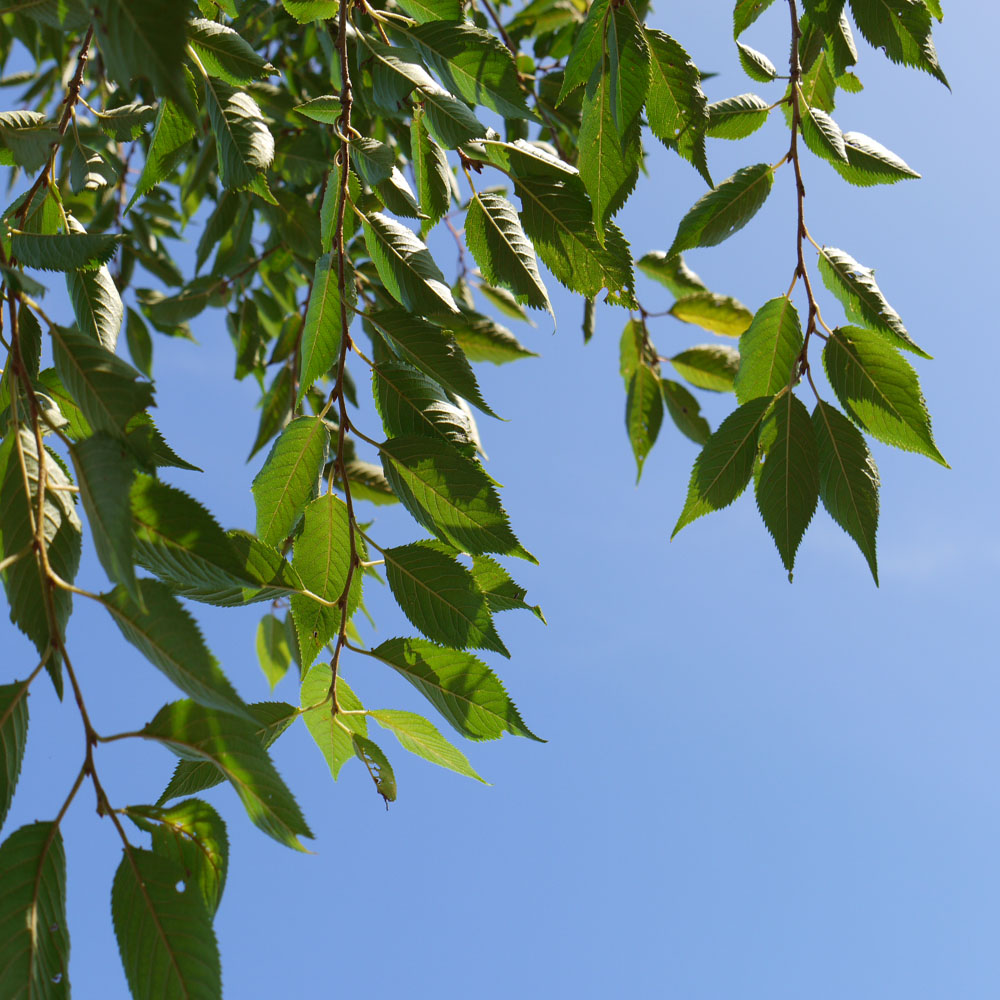
A SMALL SELECTION OF OUR SPRING FLOWERING CHERRY TREES
Planting ornamental cherry trees, renowned for their attractive blossom, is a wonderful way to add lasting beauty to your garden every spring! Some of our other favourite varieties include…
Prunus ‘Tai-haku’ (Great White Cherry)
Prunus ‘Tai-haku’, also known as the Great White Cherry, is widely regarded as one of the finest flowering cherry trees, and arguably the best among the white-flowered varieties. In spring, it bursts into bloom with masses of large, single white flowers, each around 6cm wide. These blooms appear in small clusters and stand out beautifully against the tree’s young, copper-toned leaves.
As the seasons progress, the foliage shifts from copper to deep green in summer, then transforms into rich shades of yellow and orange in autumn.
Reaching a mature height of around 8 metres, ‘Tai-haku’ forms a broad, rounded canopy. Its impressive seasonal display makes it an exceptional specimen tree, ideal for larger gardens and park landscapes. It has earned multiple accolades over the years, including the First Class Certificate in 1944 and the RHS Award of Garden Merit in 2002.
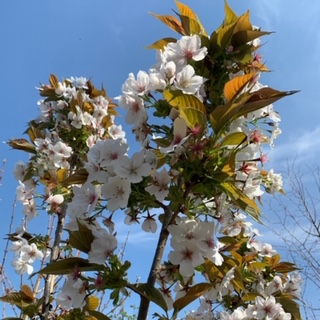
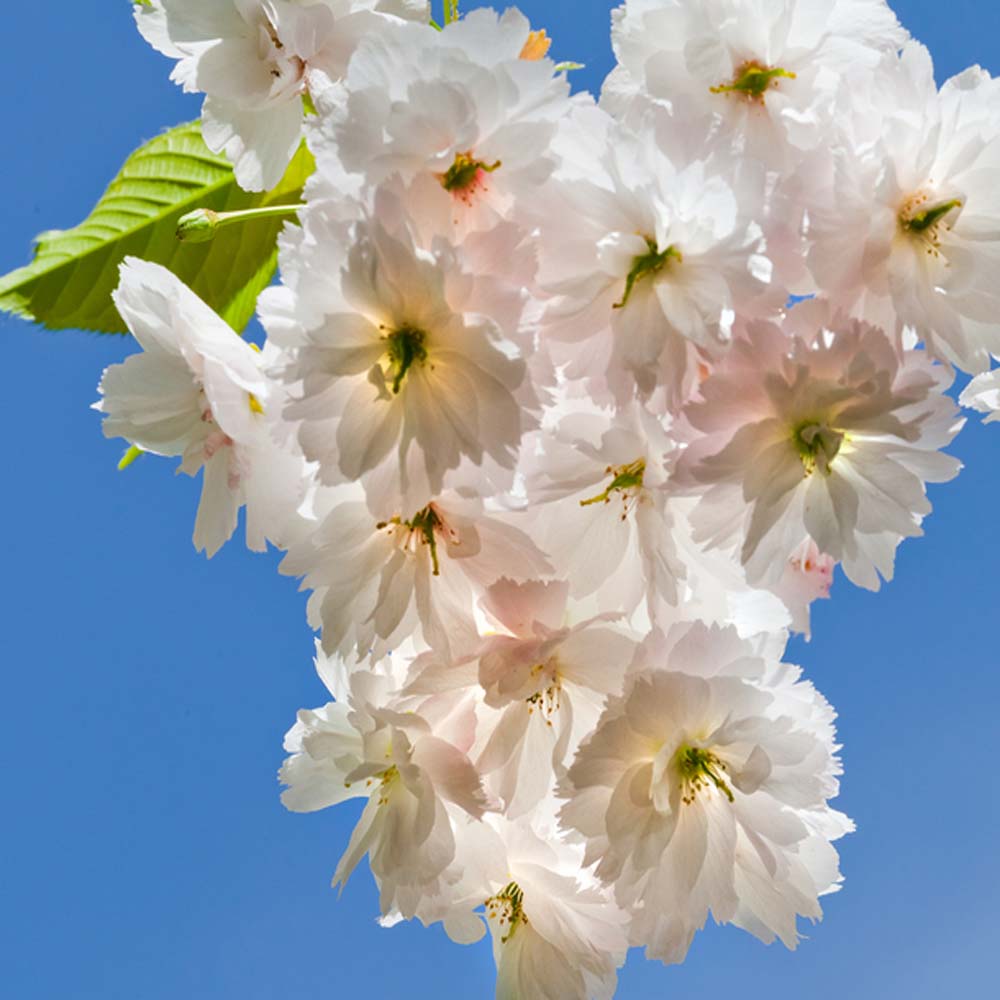
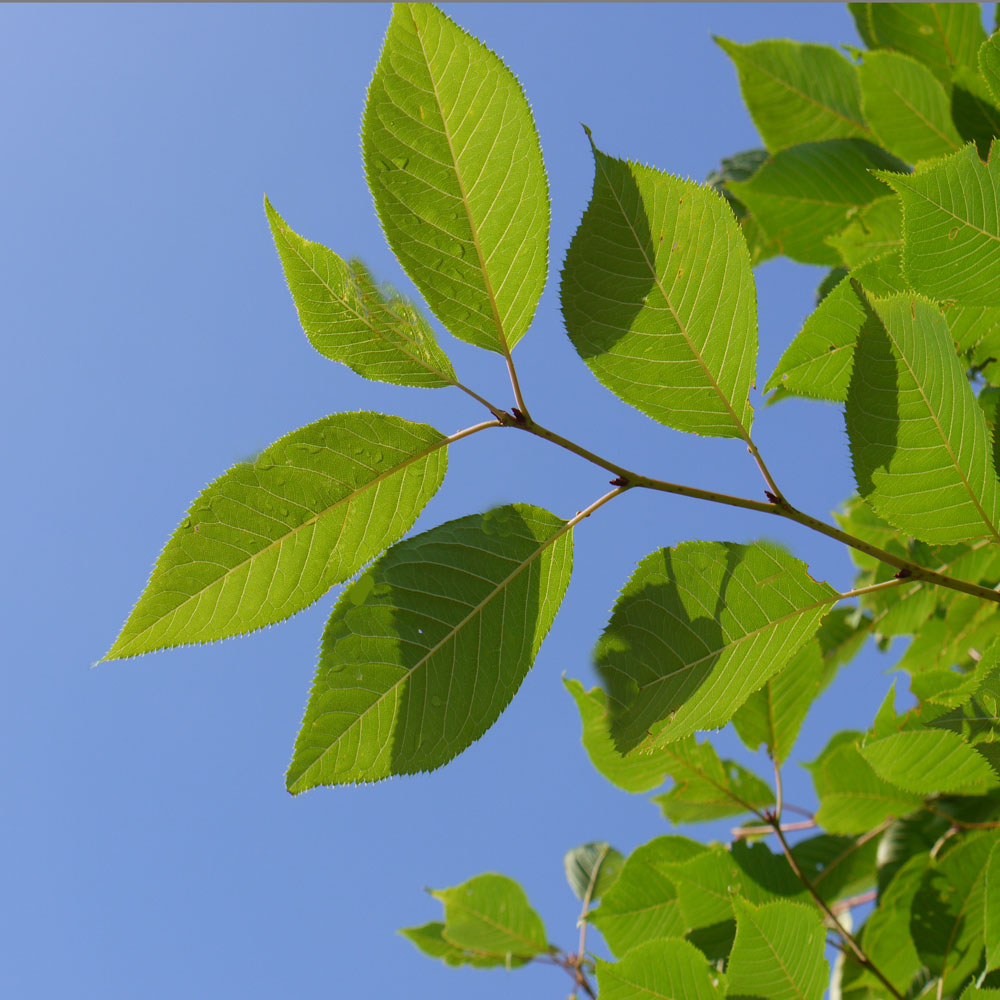
Prunus ‘Kanzan’ (Pink Ornamental Cherry)
Prunus ‘Kanzan’ is a striking, medium-sized deciduous cherry tree celebrated for its masses of vivid double pink flowers in spring. Often considered one of the finest pink-flowering cherries, ‘Kanzan’ produces a spectacular display year after year. The bold blooms open from deep crimson buds, while the large new leaves emerge in a rich coppery-red.
As the season progresses, the foliage turns green, before shifting to brilliant shades of orange and red in autumn, adding long-lasting interest. Young trees form a distinctive vase-shaped crown, which gradually broadens into a more rounded shape with age. Reaching a mature height of around 8 metres, ‘Kanzan’ suits gardens of all sizes and works especially well for summer screening or as a standout specimen.
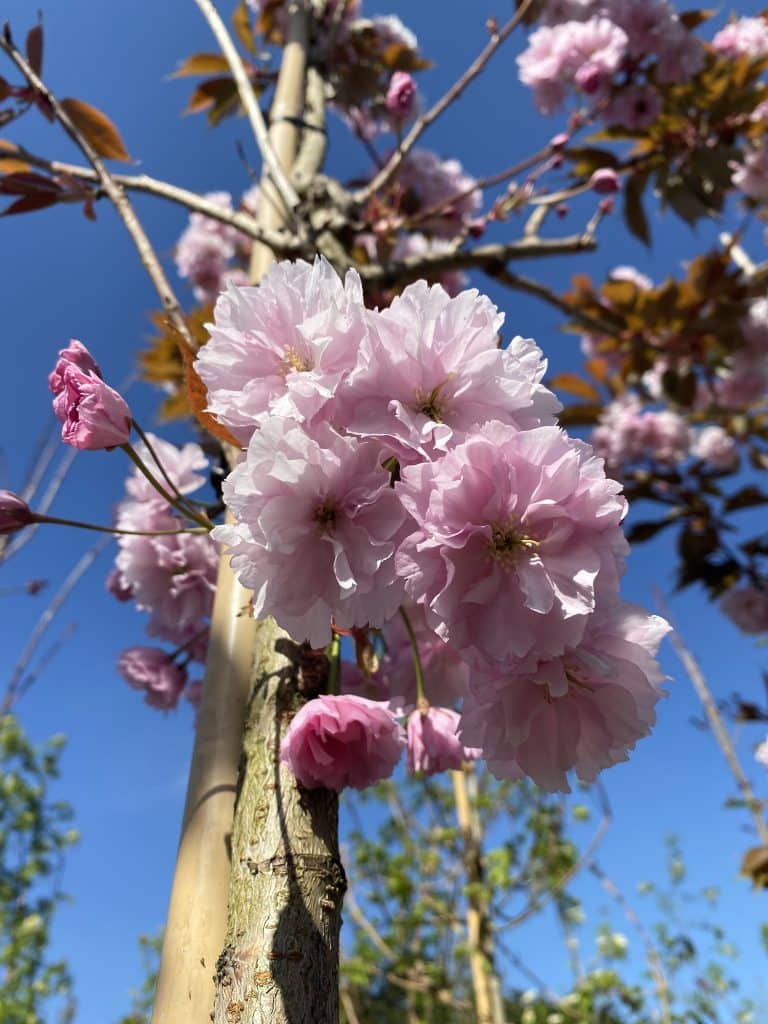
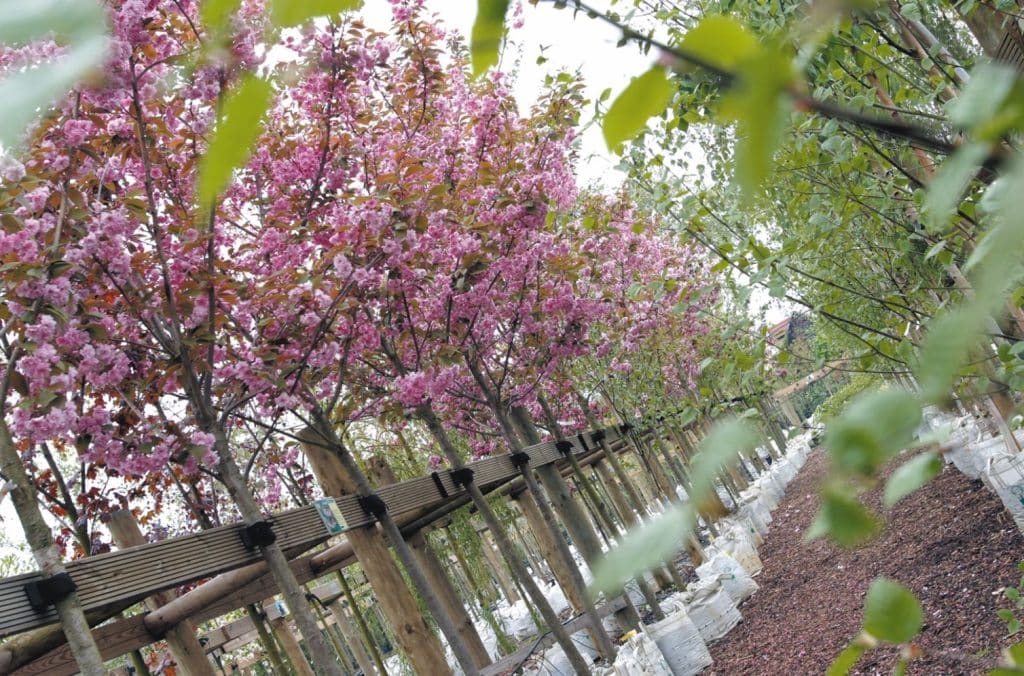
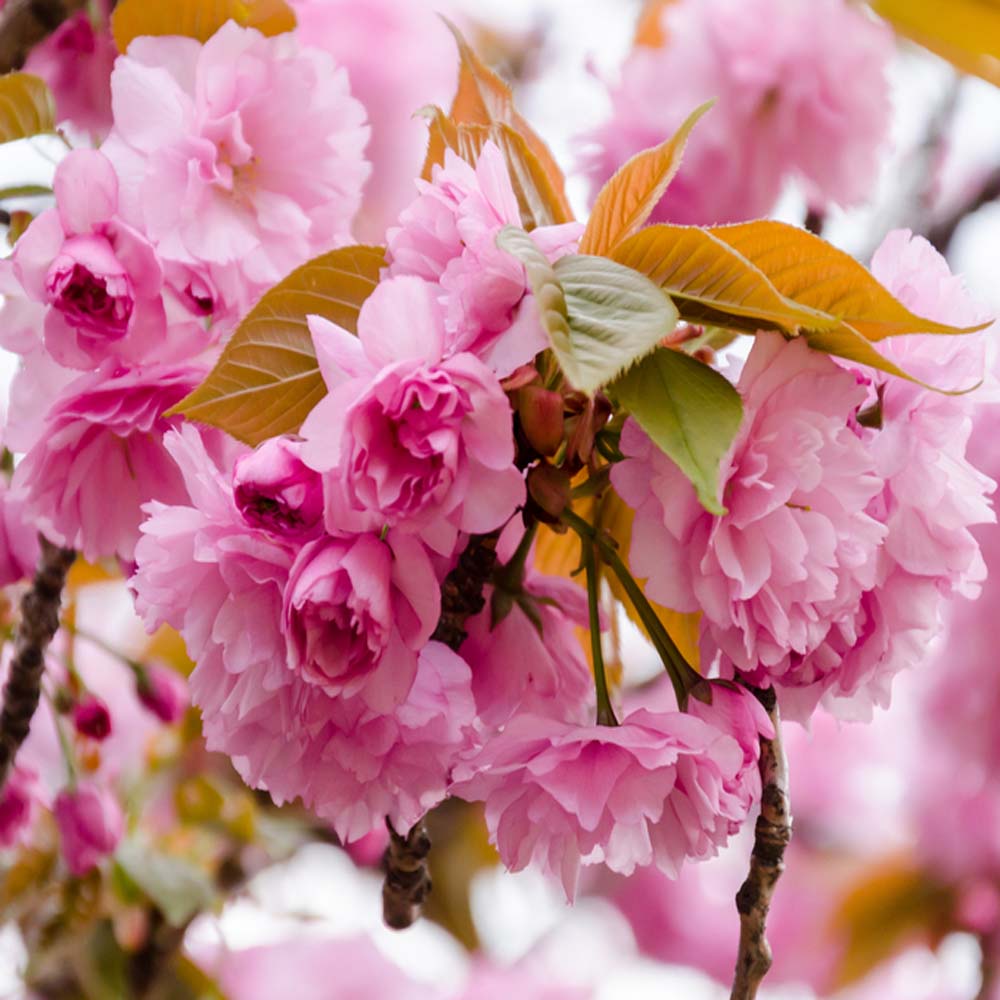
Prunus ‘cerasifera ‘Nigra’ (Cherry Plum)
Prunus cerasifera ‘Nigra’ is a lovely small to medium-sized deciduous tree with striking dark purple, shiny leaves. These leaves grow up to 6cm long and emerge in a beautiful red-purple hue. They appear after the tree has displayed an abundance of small pink flowers on purple stems in early spring. This foliage fades to a purple-bronze shade before falling in autumn. This tree may also produce a very small amount of dark red-purple, edible fruits.
Known for its rounded crown, the Cherry plum reaches a mature height of 5-8m. An excellent choice for any landscape, it is ideal for small urban spaces, large estate, or parkland. It is quite a versatile variety, so it could also thrive as a hedge if regularly clipped.
Frequently Asked Questions
When can you plant trees? Most of the trees we stock are container-grown, making them suitable for planting throughout the year. It is only bare root and rootball plants that need to be planted during the dormancy period, these plants are available from November to March.
Do I need accessories when planting? Staking and tying is an essential step after planting as it helps to support young trees as they establish. Depending on the size of your tree or where it is going to be planted, you can either single or double stake your trees. For further advice watch our video planting guide.
Feeds and fungis can also be added to the soil to give the trees the best start after planting. Check out the products we can supply here.
Can you plant my tree for me? We can offer our planting service if you are local to the nursery. Planting prices are dependent on the size of the pot. Please contact us if you would like a quote.


